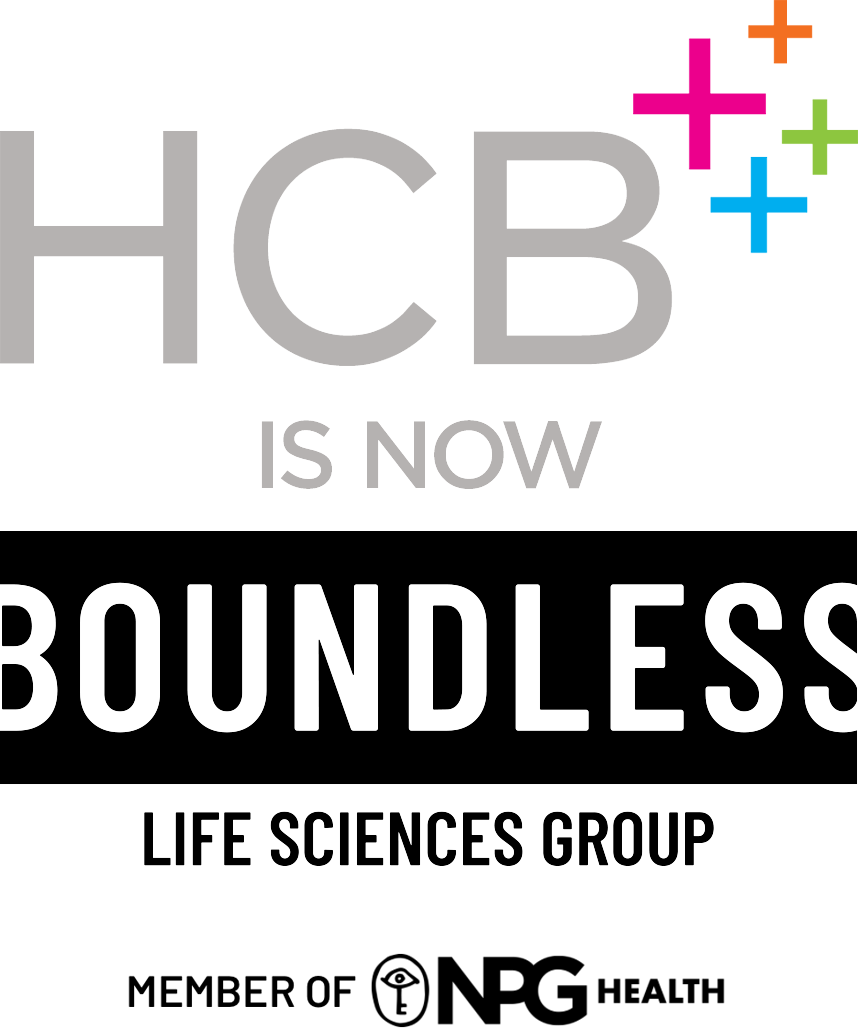HCB Health’s CFO, Kathie Jones, shares her personal story of her family’s journey with Rare Disease
My son was born with a rare genetic disease called Primary Immune Deficiency.
This is when your body doesn’t produce a critical component of your immune system. The most abundant type of antibody, immunoglobulin (IgG), is found in all body fluids and protects against bacterial and viral infections. My son, Tristan, was very sick most of his early childhood years. He had respiratory syncytial virus (RSV) during his first 6 months after birth. He had common baby/childhood ailments, such as repeated ear, nose, and throat infections, but they would inevitably turn into pneumonia or bronchitis and send us to the ER time and time again. Many of these ER trips would lead to him getting admitted. At one point, he was on 12 different medicines at the same time. I knew something was wrong. I kept asking the doctors to test him, but most of them thought I was an overprotective first-time mother.
You know when something is wrong.
Finally, we were referred to a pediatric pulmonologist who agreed with me that something was wrong and had to be corrected. She sent us to infectious disease at the hospital. They ran bloodwork that showed he had extremely low IgG levels and other issues with his T4 cells and natural killer cells. We had second opinions with The Cleveland Clinic and Emory Hospital. All results showed the same thing: Tristan was primary immune deficient and he could need a lung transplant later in life if we didn’t treat it now. Normal IgG levels for him at 9 years old were about a count of 1000. Anything below 400 was life threatening. His levels when first tested were only 424.
The treatment is scary.
Your child is infused with IgG on a monthly basis and the infusions take 6-8 hours to complete. One IgG treatment takes over 1000 blood donors to make the treatment. Part of the risk with the treatment is that you are exposing your child to many blood donors and there’s the fear that something may not get caught through the screening process. One supplier of the treatments did have a batch that contained Hep C. They corrected their process, but that fear lived inside me that he could obtain a deadly disease from the treatments. The issue was, he had to take them. There was no choice.
During this time, a lot of my frustration stemmed from the different treating doctors not having the same information.
The pediatrician, the infectious disease doctor, the immunologist, the pediatric pulmonologist, and the hospital all had different information. I created flashcards with all his pertinent medications, doses, and medical history on them so I could easily inform any new doctor on the scene. It was a life saver, as many times they were going to give him a medication that contraindicated with his current medicine.
For 7 consecutive years (84 infusions), Tristan was infused with IgG. It took 3 years for him to get to the doctor’s goal of 700. Even with the infusions, the swine flu almost killed him. He spent 25 days in the hospital with multiple cases of pneumonia and the flu. Watching your child with a 105-degree temperature and unable to breathe is very difficult to see. Watching your child’s veins blow out from multiple infusions is very difficult to see. However, I always told myself it could be worse, and I was thankful there was a treatment to help him. He will have to go on and off his infusions for the rest of his life—currently there is no cure.
I still have hope that with all the precision medicine coming to market, there will eventually be a cure. Working at HCB Health has given me hope.


